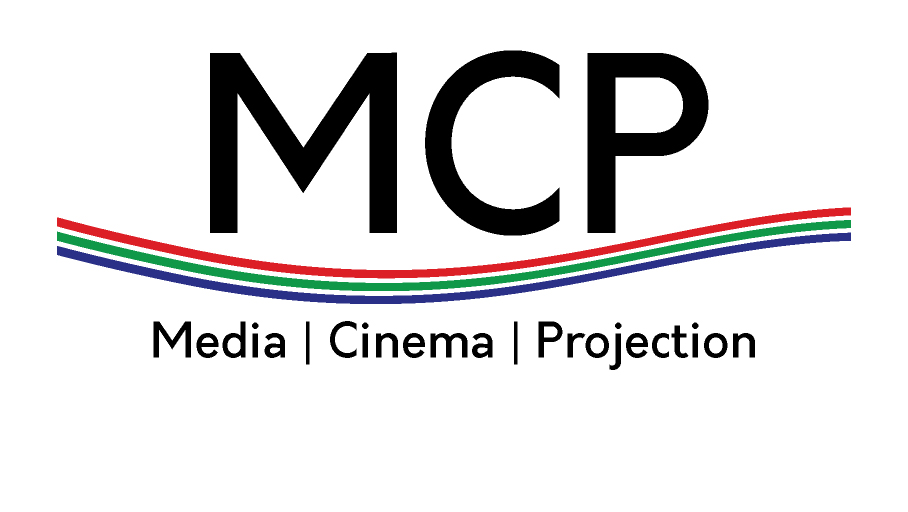Filmmakers this season are playing with aspect ratios (the dimensions of the frame), sometimes from one scene to the next. You’ll see it in “The Laundromat,” “The Lighthouse” and others.
Watching “The Lighthouse,” a claustrophobic new film about a 19th-century lighthouse keeper (Willem Dafoe) and his protégé (Robert Pattinson), you might be forgiven for thinking that you’re peering through an old spyglass. The image is strangely narrow, a rectangle that looks almost taller than it is wide.
The director, Robert Eggers (“The Witch”), chose to shoot the movie in an archaic shape. The film’s aspect ratio — the ratio of the screen’s width to its height — is 1.19:1, dimensions used at Fox in the early sound era, a period of cinema that “The Lighthouse” evokes.
Aspect ratios have fluctuated throughout film history. Silents were generally shown at 1.33:1. But the addition of a soundtrack on the film strip cut into the available image area. A standard ratio of 1.37:1 dominated from the early 1930s until the 1950s, when movies went wide with CinemaScope, among other formats. From the 1970s onward, most new movies in the United States have been presented at 2.39:1 or 1.85:1. (Current flat-screen televisions use a ratio of 1.78:1 — which means that films shot in other frame sizes will have bars on the top and bottom or on the sides.)
But digital projection has made it easier than ever for filmmakers to play with screen shape, without worrying about a projectionist’s need to adjust the lens or the masking, the paneling around the screen.
